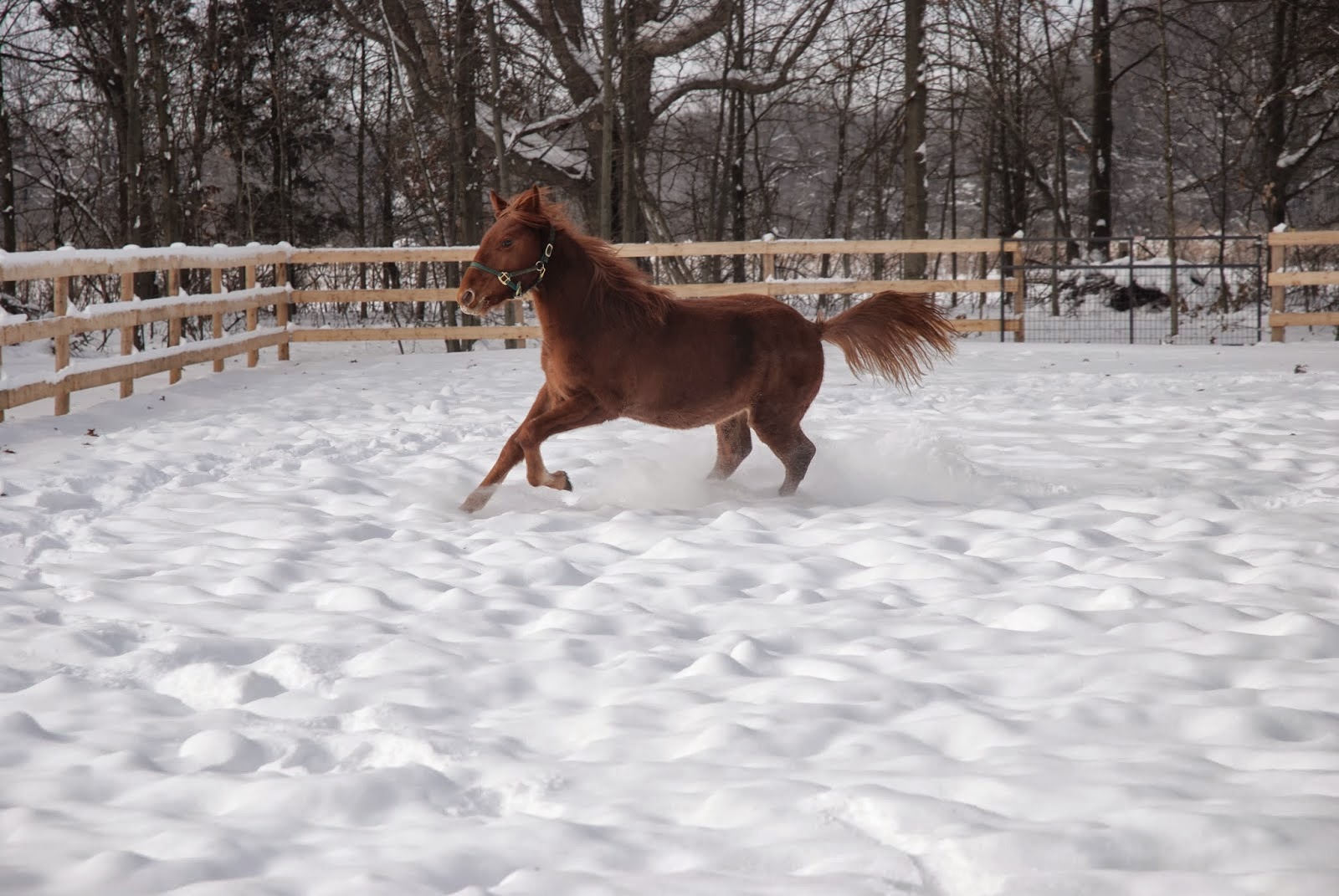The Tennessee Walking Horse or Tennessee Walker is a breed of gaited horse known for its unique four-beat "running walk" and flashy movement. It was originally developed in the southern United States for use on farms and plantations. It is a popular riding horse due to its calm disposition, smooth gaits and sure-footedness. The Tennessee Walking Horse is often seen in the show ring, but also popular as a pleasure and trail riding horse using both English and Western equipment.
The breed first developed in the late 18th century when Narragansett Pacers and Canadian Pacers from the eastern United States crossed with gaitedSpanish Mustangs from Texas. Other breeds were later added, and in 1886 a foal named Black Allen, now considered the foundation sire of the breed, was born. In 1935 the Tennessee Walking Horse Breeders' Association was formed, and the studbook closed in 1947. In 1939, the first Tennessee Walking Horse National Celebration was held.
BREED CHARACTERISTICS
Tennessee Walking Horse exhibiting the typical long neck, sloping shoulder, and correct head The modern Tennessee Walking Horse is described as "refined and elegant, yet solidly built." It is a tall horse with a long neck. The head is well-defined, with small, well-placed ears. The breed averages 14.3 to 17 hands (59 to 68 inches, 150 to 173 cm) high and 900 to 1,200 pounds (410 to 540 kg). The shoulders and hip are long and sloping, with a short back and strong coupling.[2] The hindquarters are of "moderate thickness and depth," well-muscled, and it is acceptable for the hind legs to be slightly over-angulated, cow-hocked or sickle-hocked. They are found in all solid colors, and several pinto patterns.Common colors such as bay, black and chestnut are found, as are colors caused bydilution genes such as the dun, champagne, cream and silver dapple genes. Pinto patterns include overo, sabino and tobiano.The Tennessee Walking Horse has a reputation for having a calm disposition and a naturally smooth riding gait. While the horses are famous for flashy movement, they are popular for trail and pleasure riding as well as show. The Tennessee Walking Horse is best known for its "running walk". This is a four-beat gait with the same footfall pattern as a regular, or flat, walk, but significantly faster. While a horse performing a flat walk moves at 4 to 8 miles per hour (6.4 to 13 km/h), the running walk allows the same horse to travel at 10 to 20 miles per hour (16 to 32 km/h). In the running walk, the horse's rear feet overstep the prints of its front feet by 6 to 18 inches (15 to 46 cm), with a longer overstep being more prized in the Tennessee Walking Horse breed. While performing the running walk, the horse nods its head in rhythm with its gait. Besides the flat and running walks, the third main gait performed by Tennessee Walking Horses is the canter. Some members of the breed perform other variations of lateral ambling gaits, including the rack, stepping pace, fox trot and single-foot, which are allowable for pleasure riding but penalized in the show ring. A few Tennessee Walking Horses can trot, and have a long, reaching stride.
USES
The Tennessee Walker is noted for its appearance in horse show events, particularly performances in saddle seat-style English riding equipment, but is also a very popular trail riding horse. Some are used for endurance riding, and to promote this use the TWHBEA maintains an awards program in conjunction with the American Endurance Ride Conference.The breed has also been seen in television, movies and other performing events.
HORSE SHOWS
The two basic categories of Tennessee Walking Horse show competition are called "flat shod" and "performance." Flat-shod horses compete in many different disciplines under both western and English tack.At shows where both divisions are offered, the flat-shod "plantation pleasure" division is judged on brilliance and show presence of the horses while still being well mannered, balanced, and manageable. "Park pleasure" is the most animated of the flat-shod divisions.Flat-shod horses are shown in ordinary horseshoes, and are not allowed to use pads or action devices, though their hoovesare sometimes trimmed to a slightly lower angle with more natural toe than seen on stock horse breeds. Performance horses, sometimes called "padded" or "built up," exhibit a very flashy and animated gaits, lifting their forelegs high off the ground with each step. This exaggerated action is sometimes called the "Big Lick." Horses and riders show in saddle seat attire and tack.


